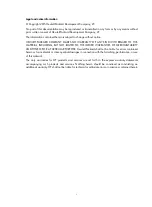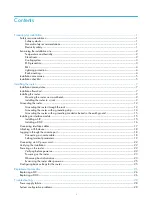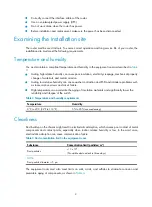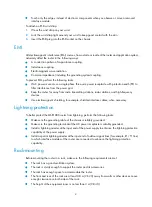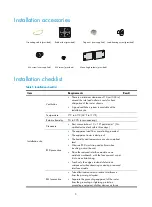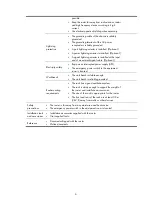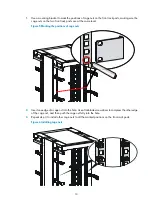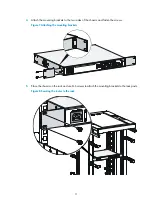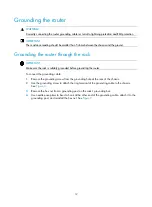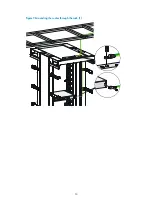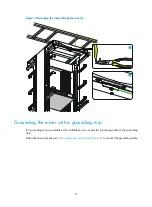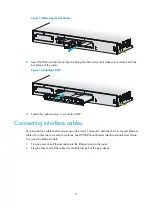
•
Correctly connect the interface cables of the router.
•
Use an uninterrupted power supply (UPS).
•
Do not work alone when the router has power.
•
Before installation and replacement, make sure the power has been disconnected.
Examining the installation site
The router must be used indoors. To ensure correct operation and long service life of your router, the
installation site must meet the following requirements.
Temperature and humidity
You must maintain a compliant temperature and humidity in the equipment room as described in
.
•
Lasting high relative humidity can cause poor insulation, electricity creepage, mechanical property
change of materials, and metal corrosion.
•
Lasting low relative humidity can cause washer contraction and ESD and introduce problems such
as loose captive screws and circuit failure.
•
High temperature can accelerate the aging of insulation materials and significantly lower the
reliability and lifespan of the switch.
Table 2
Temperature and humidity requirements
Temperature Humidity
0°C to 45°C (32°F to 113°F)
5% to 90% (noncondensing)
Cleanliness
Dust buildup on the chassis might result in electrostatic adsorption, which causes poor contact of metal
components and contact points, especially when indoor relative humidity is low. In the worst case,
electrostatic adsorption can cause communication failure.
Table 3
Dust concentration limit in the equipment room
Concentration limit (particles/m
3
)
Substance
≤
3 x 10
4
Dust particles
(No visible dust on desk in three days.)
NOTE:
Dust particle diameter
≥
5
μ
m
The equipment room must also meet limits on salts, acids, and sulfides to eliminate corrosion and
premature aging of components, as shown in
.
2


